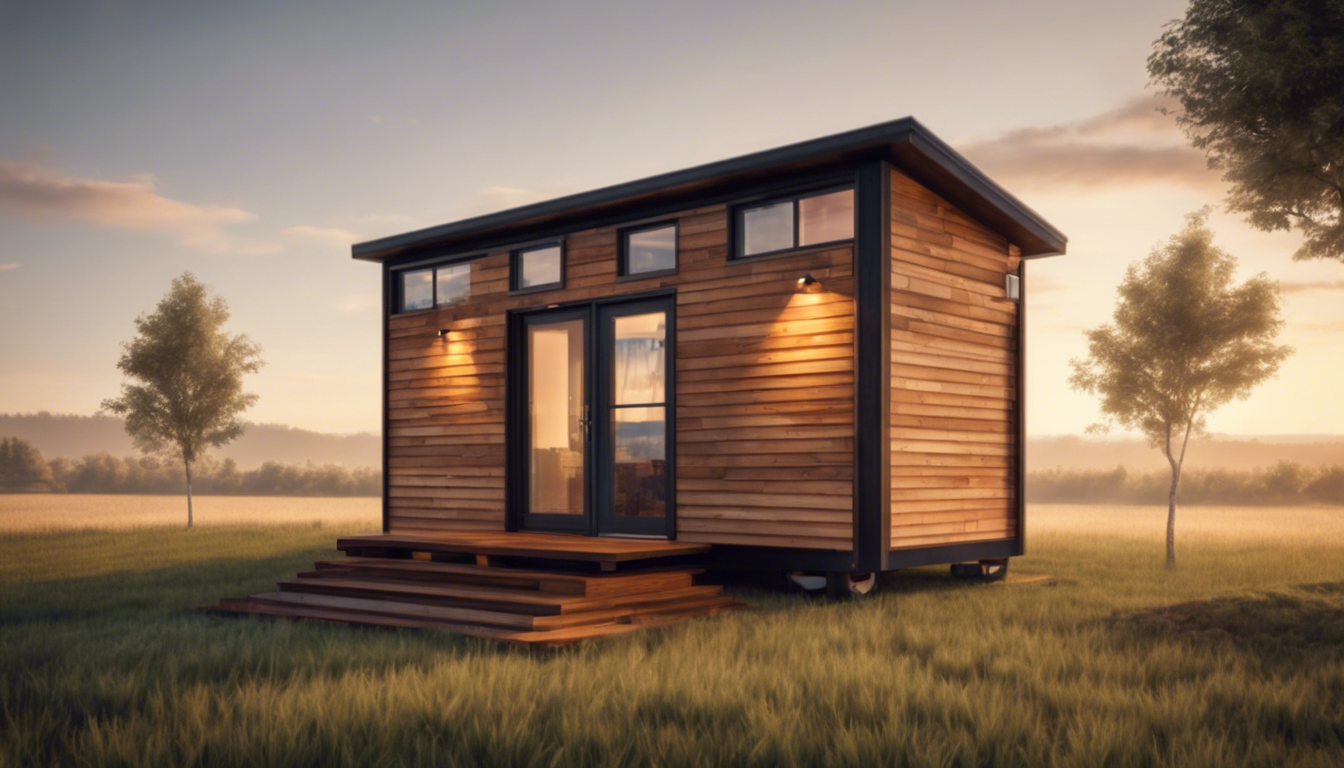The tiny home movement has gained momentum over the past few years, attracting individuals and families seeking simplicity and sustainability.
As people look to downsize and focus on minimal living, finding the right tiny home land becomes essential.
This article explores important aspects of tiny home land, including the tiny home movement itself, key factors to consider while searching for land, zoning laws and regulations that impact tiny home communities, and tips for successfully purchasing your ideal land.
Whether you are new to the concept or have experience in tiny living, this guide will help you navigate the process of finding your perfect tiny home land.
The Most Popular Modular/Tiny Home On Amazon
Zoning Laws and Regulations Affecting Tiny Home Communities
Zoning laws and regulations significantly influence the establishment and operation of tiny home communities.
Each city or county has specific zoning codes that dictate where tiny homes can be placed.
Some places allow tiny homes in residential zones, while others may restrict them to designated areas like RV parks or special housing zones.
Additionally, building codes govern the construction and safety of these structures.
Tiny homes on wheels often face different regulations compared to those built on foundations.
Prospective tiny home owners should research local zoning laws and understand the requirements for tiny home land.
Engaging with local authorities can provide clarity on permits, inspections, and any limitations on sizes and types of tiny homes.
Tips for Successfully Purchasing Tiny Home Land
Purchasing tiny home land requires careful consideration of various factors.
First, evaluate your budget.
Determine how much you can afford and explore financing options.
Next, research the location.
Look for areas with suitable land zoning laws for tiny homes.
Consider proximity to essential services such as grocery stores, hospitals, and schools.
Check local regulations regarding building codes and permits.
Engage with nearby communities to understand their attitudes toward tiny homes.
Assess the land’s features, including access to utilities like water and electricity.
Finally, inspect the property thoroughly before making an offer.
This careful planning will help you secure the right tiny home land for your lifestyle.
Frequently Asked Questions
What is the tiny home movement?
The tiny home movement is a social trend focused on downsizing living spaces to promote minimalism, sustainability, and affordable living.
It encourages people to live in smaller houses, typically under 400 square feet, while maximizing use of space and resources.
What key factors should I consider when searching for tiny home land?
When searching for tiny home land, consider factors such as location, utility access, land size, zoning regulations, community vibe, and proximity to resources and amenities.
Determine what’s most important for your lifestyle and future plans.
How do zoning laws affect tiny home communities?
Zoning laws can significantly impact where you can place a tiny home.
Different areas have specific regulations regarding minimum size requirements, land use, and building codes.
Research local zoning laws to ensure your tiny home plans are compliant.
What tips can help me successfully purchase tiny home land?
To successfully purchase tiny home land, it’s important to do thorough research on available properties, consult with local real estate experts familiar with tiny homes, ensure you understand zoning laws, and be prepared for negotiations.
Are there any financing options specifically for tiny home land purchases?
Financing options for tiny home land can vary; some traditional lenders may not finance tiny home purchases.
Explore alternatives such as personal loans, land contracts, and tiny home-specific financing options to secure funding for your purchase.



Leave a Reply